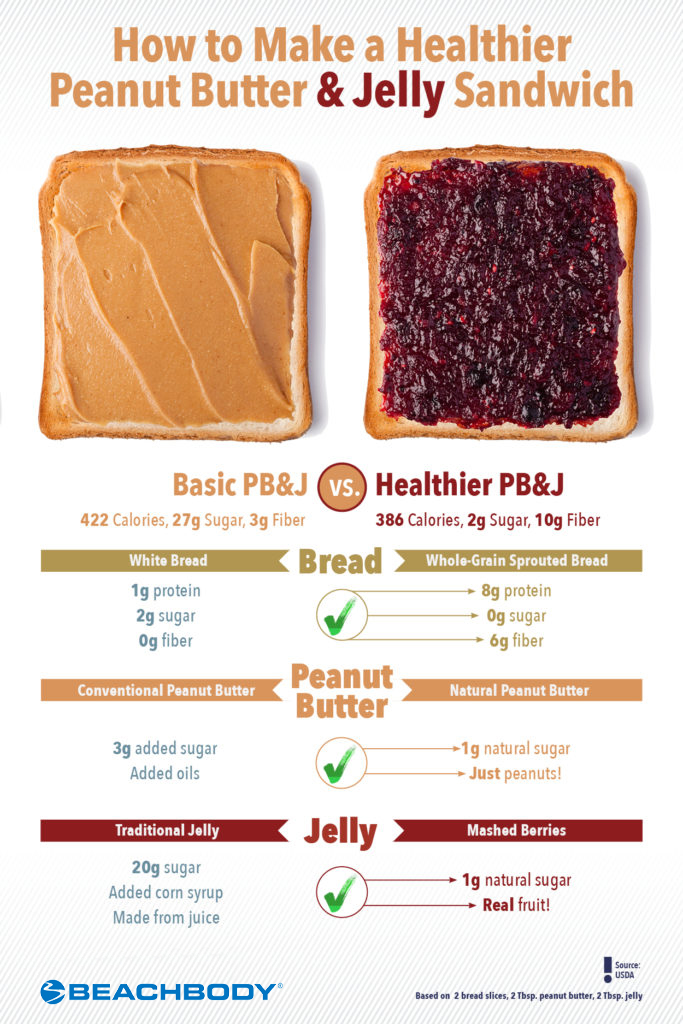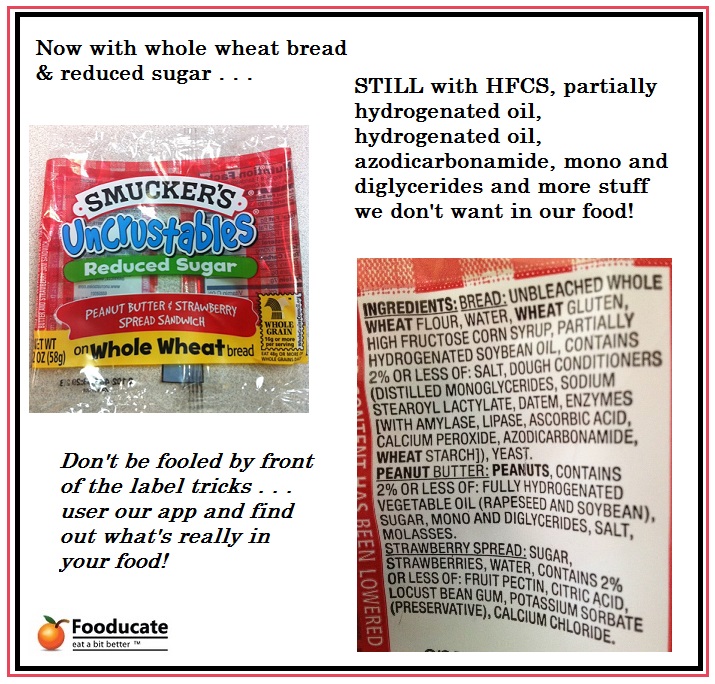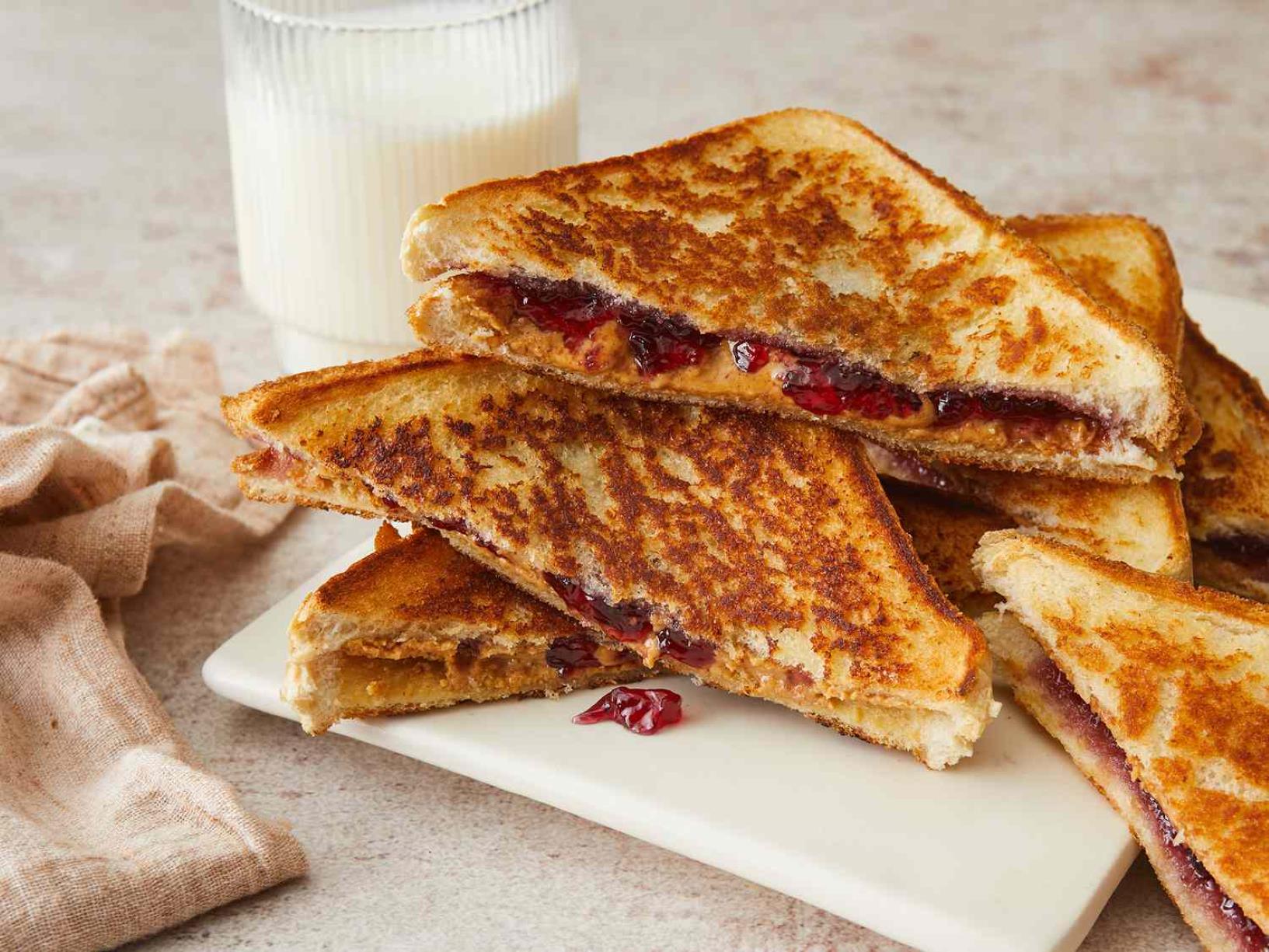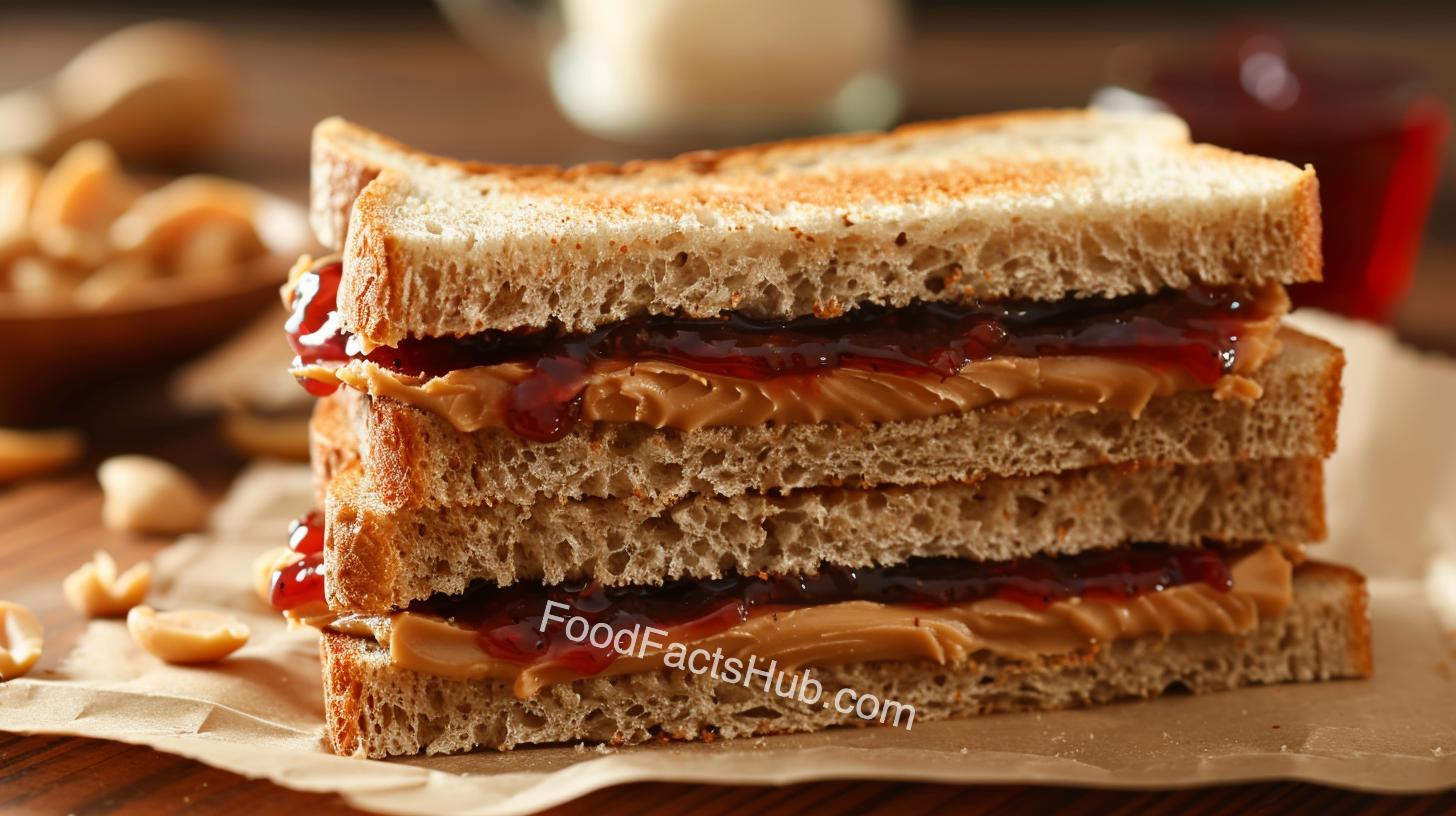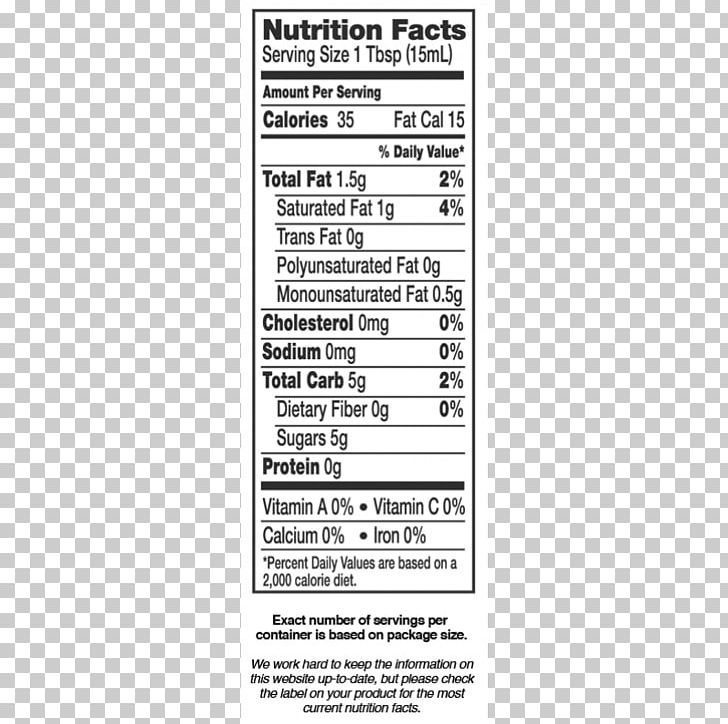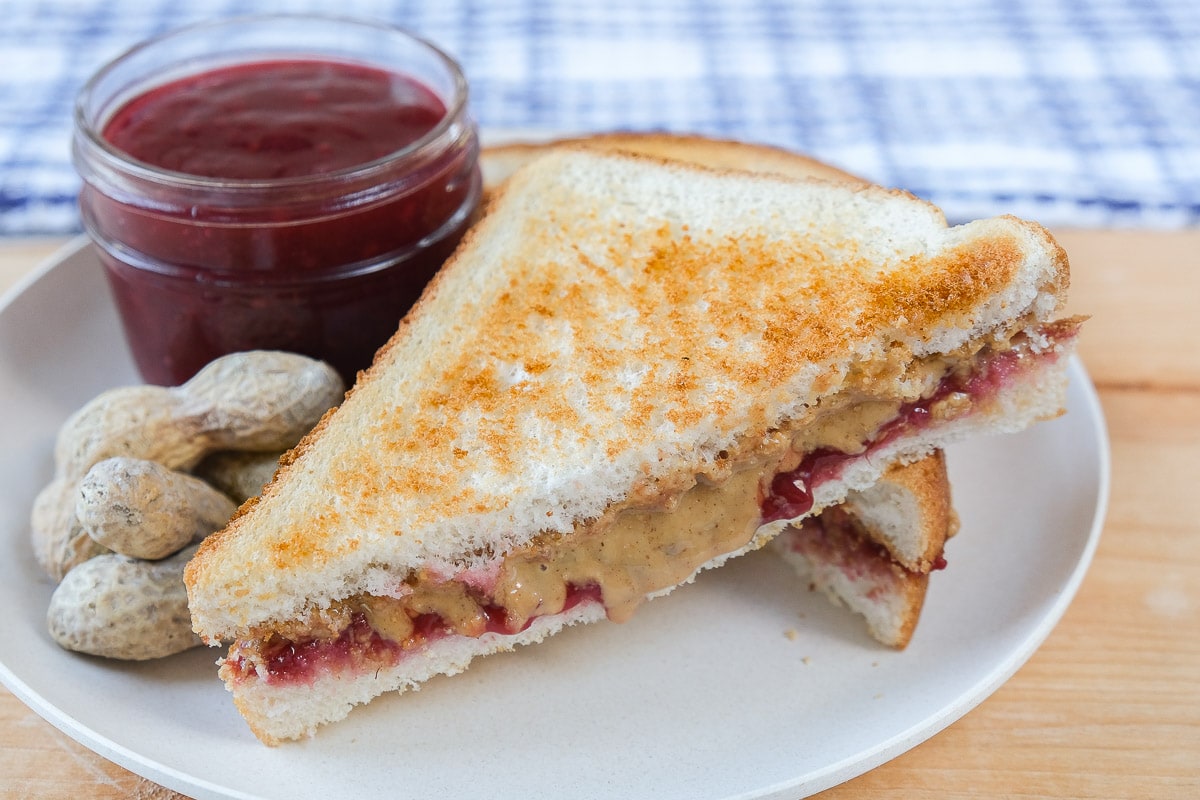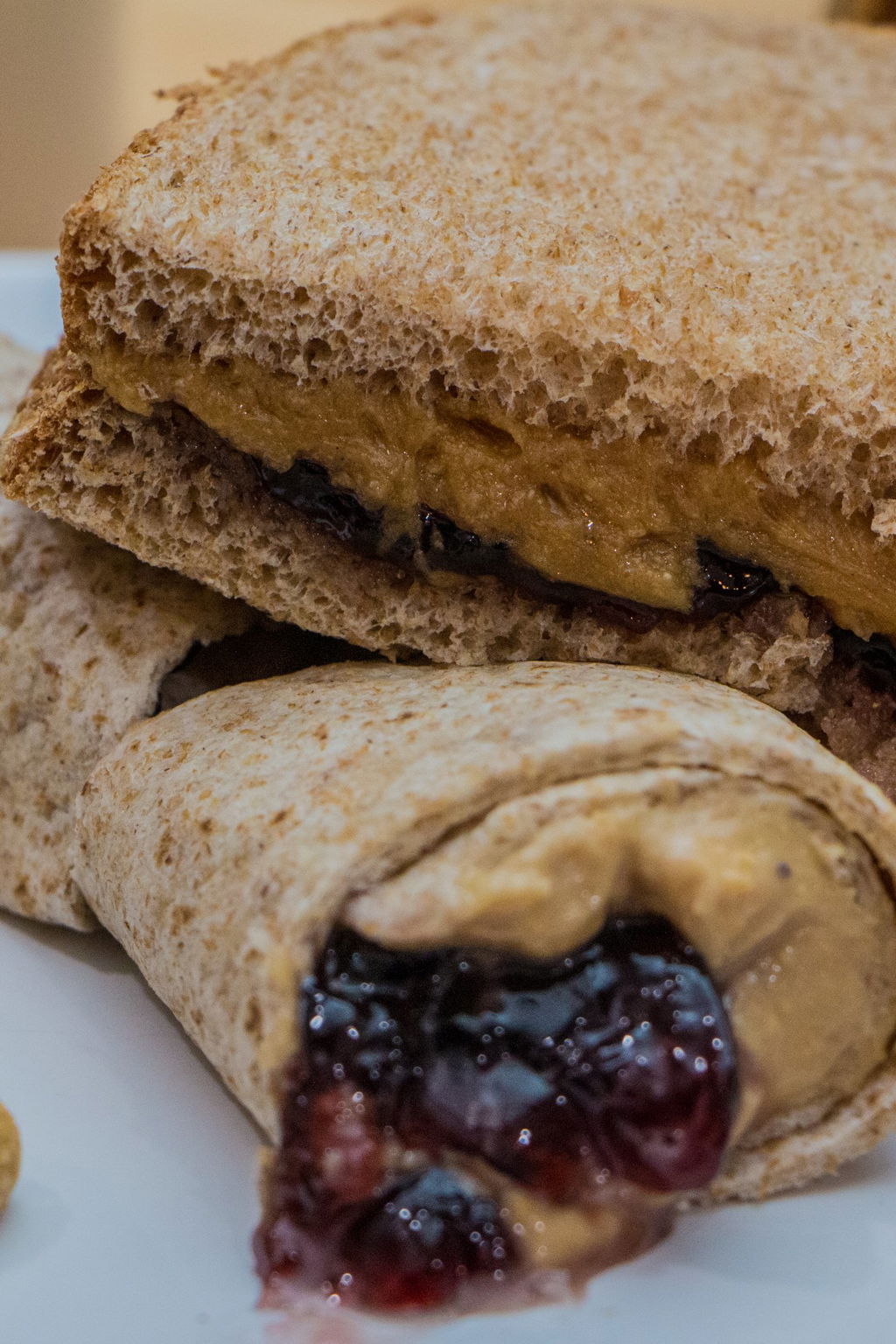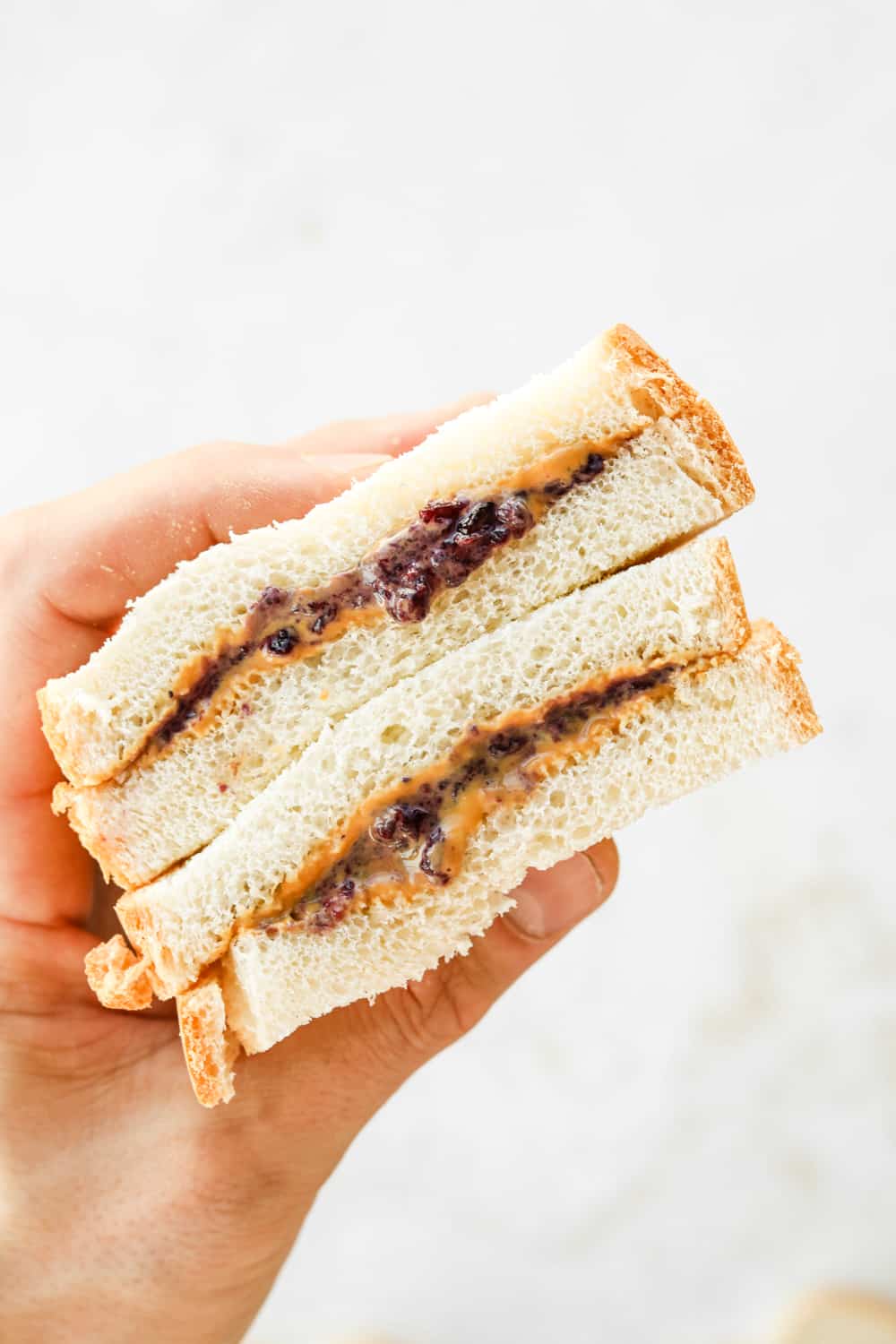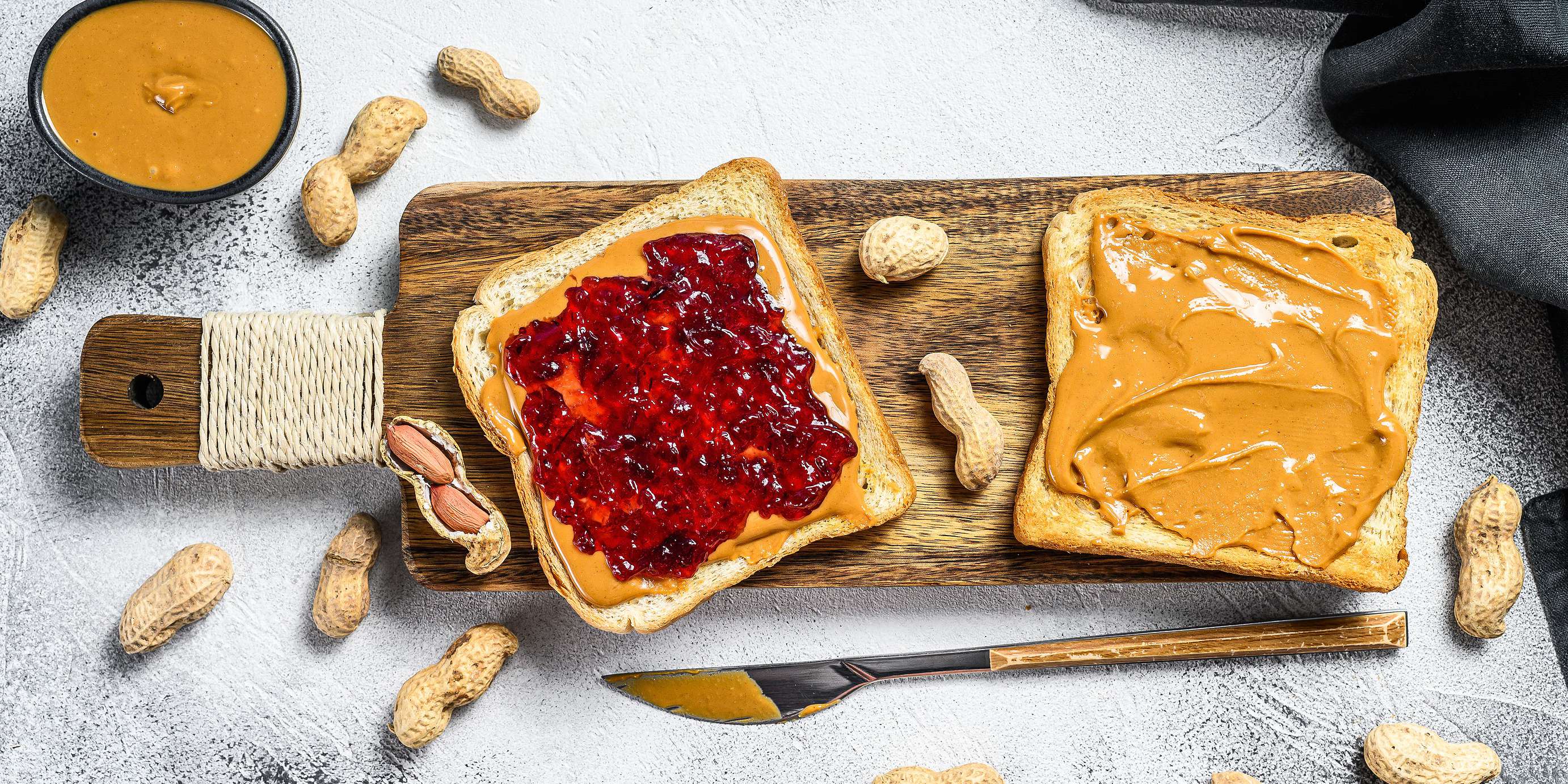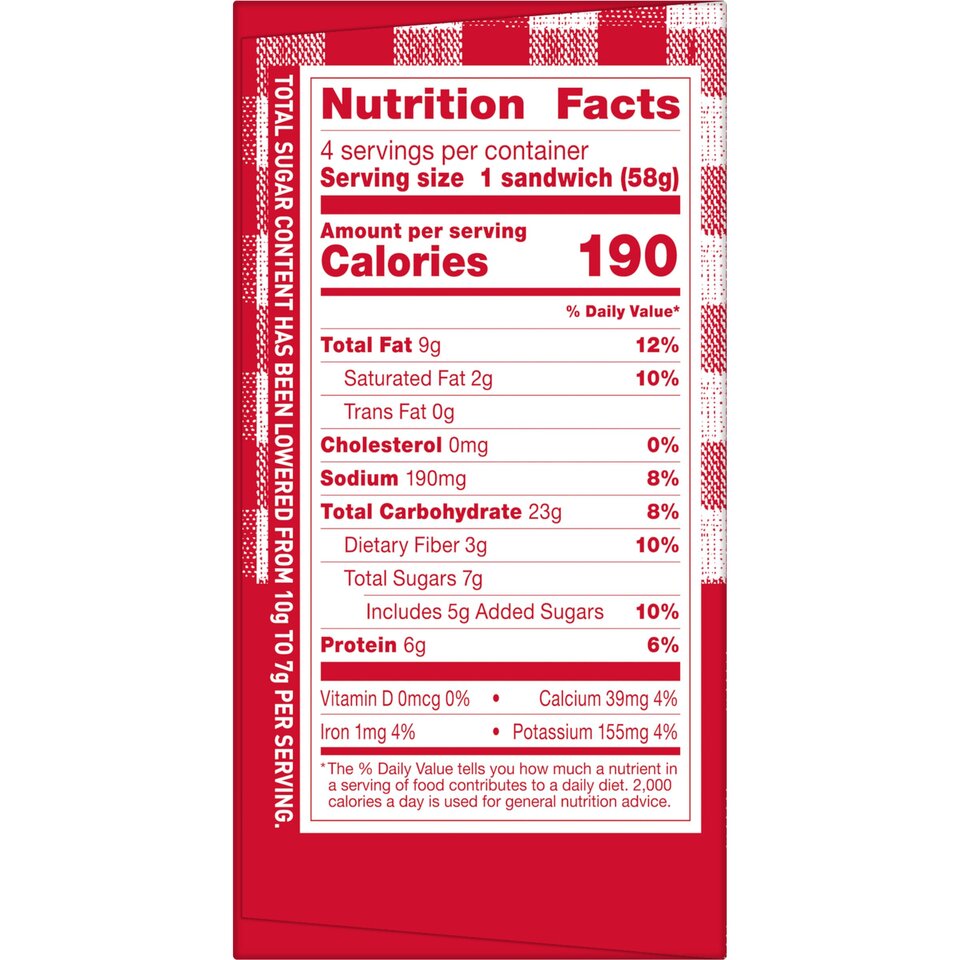Nutrition Facts Of Peanut Butter And Jelly Sandwich

The humble peanut butter and jelly sandwich, a staple in lunchboxes and a quick snack for generations, holds a surprisingly complex nutritional profile. While often dismissed as simple comfort food, understanding its components reveals a mix of beneficial nutrients alongside potential drawbacks.
This article delves into the nutritional facts of the classic PB&J, exploring the contributions of each ingredient and offering a balanced perspective on its place in a healthy diet. We will examine the sandwich's macronutrient breakdown, vitamin and mineral content, and potential health implications.
The Building Blocks: Peanut Butter and Jelly
At its core, the PB&J comprises three main components: bread, peanut butter, and jelly. Each contributes distinct nutritional elements.
Peanut Butter: A Source of Protein and Healthy Fats
Peanut butter, ideally the natural variety with minimal added sugar or salt, is a significant source of protein and healthy fats. According to the USDA FoodData Central, two tablespoons of natural peanut butter contain approximately 7 grams of protein.
It also provides monounsaturated and polyunsaturated fats, which are beneficial for heart health. However, peanut butter is also calorie-dense, containing around 190 calories per serving, and should be consumed in moderation.
Jelly: Primarily a Source of Simple Sugars
Jelly, in contrast to peanut butter, primarily offers simple sugars. A typical serving (about 1 tablespoon) contains roughly 10-15 grams of sugar, mostly from added sweeteners like high fructose corn syrup in many commercial brands.
While jelly provides a quick source of energy, it offers minimal nutritional value in terms of vitamins, minerals, or fiber. Choosing fruit spreads with a higher fruit content and lower added sugar is a healthier alternative.
Bread: Carbohydrates and Fiber
The type of bread used significantly impacts the nutritional value of the sandwich. White bread offers little fiber and consists mainly of refined carbohydrates.
Whole wheat or whole grain bread, on the other hand, provides a good source of fiber, which aids in digestion and promotes satiety. It also contains more vitamins and minerals compared to white bread.
A Nutritional Breakdown of the Whole Sandwich
Combining these ingredients creates a sandwich with a mixed nutritional profile. A typical PB&J, made with two slices of white bread, two tablespoons of peanut butter, and one tablespoon of jelly, contains roughly 350-400 calories.
This breaks down to approximately 12-15 grams of protein, 15-20 grams of fat (mostly from peanut butter), and 40-50 grams of carbohydrates. Fiber content will vary greatly depending on the bread used.
Potential Health Implications
The PB&J can be a convenient and satisfying snack or meal. The protein and healthy fats in peanut butter contribute to feelings of fullness, potentially preventing overeating.
However, the high sugar content, particularly from jelly and refined bread, can lead to blood sugar spikes and may contribute to weight gain if consumed excessively.
Individuals with peanut allergies should, of course, avoid PB&Js altogether. Those with diabetes or pre-diabetes should carefully consider the carbohydrate content and opt for low-sugar jelly and whole-grain bread.
Making Healthier Choices
Several modifications can make the PB&J a healthier option. Using whole-grain bread significantly increases the fiber content.
Choosing natural peanut butter with no added sugar or salt and opting for fruit spreads with reduced sugar are also beneficial. Portion control is crucial; limiting the amount of peanut butter and jelly can help reduce calorie and sugar intake.
Adding sliced fruit, like bananas or strawberries, can boost the nutritional value with added vitamins and fiber while naturally sweetening the sandwich. Consider adding chia seeds for additional fiber and omega-3 fatty acids.
The Enduring Appeal
Despite its nutritional complexities, the peanut butter and jelly sandwich remains a beloved food for many. Its simplicity, affordability, and satisfying taste contribute to its enduring popularity.
By understanding the nutritional components and making informed choices about ingredients and portion sizes, it can be enjoyed as part of a balanced and healthy diet. Ultimately, moderation and mindful consumption are key to enjoying this classic sandwich responsibly.
